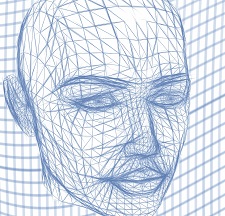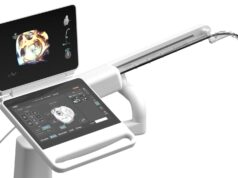 New research unveiled at the 2025 Heart Rhythm Society (HRS) annual meeting (24–27 April, San Diego, USA) has underscored the critical role of artificial intelligence (AI) in improving the procedural safety of cardiac electrophysiology (EP), demonstrating how intelligent, real-time decision support can help mitigate risks and improve clinical confidence in complex interventions.
New research unveiled at the 2025 Heart Rhythm Society (HRS) annual meeting (24–27 April, San Diego, USA) has underscored the critical role of artificial intelligence (AI) in improving the procedural safety of cardiac electrophysiology (EP), demonstrating how intelligent, real-time decision support can help mitigate risks and improve clinical confidence in complex interventions.
A recent press release from the HRS notes that, while ablation has become a cornerstone of atrial fibrillation (AF) management, ensuring patient safety during these procedures remains a top priority for electrophysiologists. By leveraging AI, physicians can utilise advanced tools to predict patient outcomes—effectively treat challenging conditions like persistent AF—and ultimately enhance patient care.
The DeePRISM model is an AI-driven approach for predicting AF termination sites during catheter ablation, with a view to enhancing procedural success. The model provides a real-time, automated platform for intracardiac waveform analysis during ablation, leading to better long-term results while maintaining procedural safety.
DeePRISM was developed using retrospective data from 110 patients with persistent AF, incorporating deep learning and PRISM (Morphological repetitiveness by periodicity and similarity) analysis to assess intracardiac electrograms. It demonstrated robust performance on a prospectively independent test set, achieving acute AF termination in 40% of patients. And, during the two-year follow-up, patients who underwent DeePRISM-guided ablation experienced improved outcomes, with up to 70% remaining free from any atrial arrhythmias.
“With the introduction of the DeePRISM model, we are taking a significant step forward in the treatment of persistent atrial fibrillation,” said Chih-Min Liu (Taipei Veterans General Hospital, Taipei, Taiwan). “Our study shows that AI-driven, real-time analysis not only enhances the success of the procedure but also ensures patient safety, marking a promising advance in electrophysiology.”









